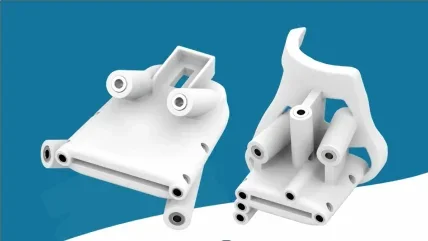
British medical technology company Smith+Nephew has launched its TOTAL ANKLE Patient-Matched Guides to help surgeons plan and perform total ankle replacement (TAR) procedures.
Smith+Nephew has teamed up with South Carolina-based additive manufacturing specialist 3D Systems to design and manufacture the TOTAL ANKLE Patient-Matched Guides.
The guides are engineered using 3D Systems’ VSP surgical planning workflows and feature fluoroscopic alignment cues to achieve a precise patient fit and accuracy in planning.
Also, the patient-matched guides are compatible with chamfer talar implants for its CADENCE Total Ankle System and SALTO TALARIS Total Ankle Prosthesis, said the company.
Smith+Nephew global trauma and extremeties marketing vice president Mark McMahan said: “We are excited to unveil our new TOTAL ANKLE Patient-Matched Guides for total ankle replacement.
“This advanced system is designed to offer unparalleled efficiency and accuracy, ultimately enhancing the overall experience for both surgeons and patients.
“The launch of our TOTAL ANKLE Patient-Matched Guides further strengthens our position as a leader in the total ankle replacement market segment.”
According to the company, non-surgical techniques or arthrodesis are preferred over TAR procedures due to the complexity of the procedure owing to varied patient anatomies.
Smith+Nephew said its TOTAL ANKLE Patient-Matched Guides would support the growing TAR market segment with three key benefits, predictability, accuracy, and user-friendly system.
With integrated fluoroscopic cues, guide pins, and cut-slot, the TOTAL ANKLE patient-matched guides work as an all-in-one instrument.
Its fluoroscopic alignment cues and standard instrumentation transfer pins are designed to provide accuracy in procedure planning.
Also, the guide provides tactile feedback with medial arm wrap and precise patient fit, said the medical device company.
Earlier this year, Smith+Nephew received the US Food and Drug Administration (FDA) 510(k) approval for its Catalystem primary hip system, to support primary hip surgery.
The Catalystem hip system features a triple-taper stem design with uniform proximal loading, reduced distal stem geometry and shorter lengths.






